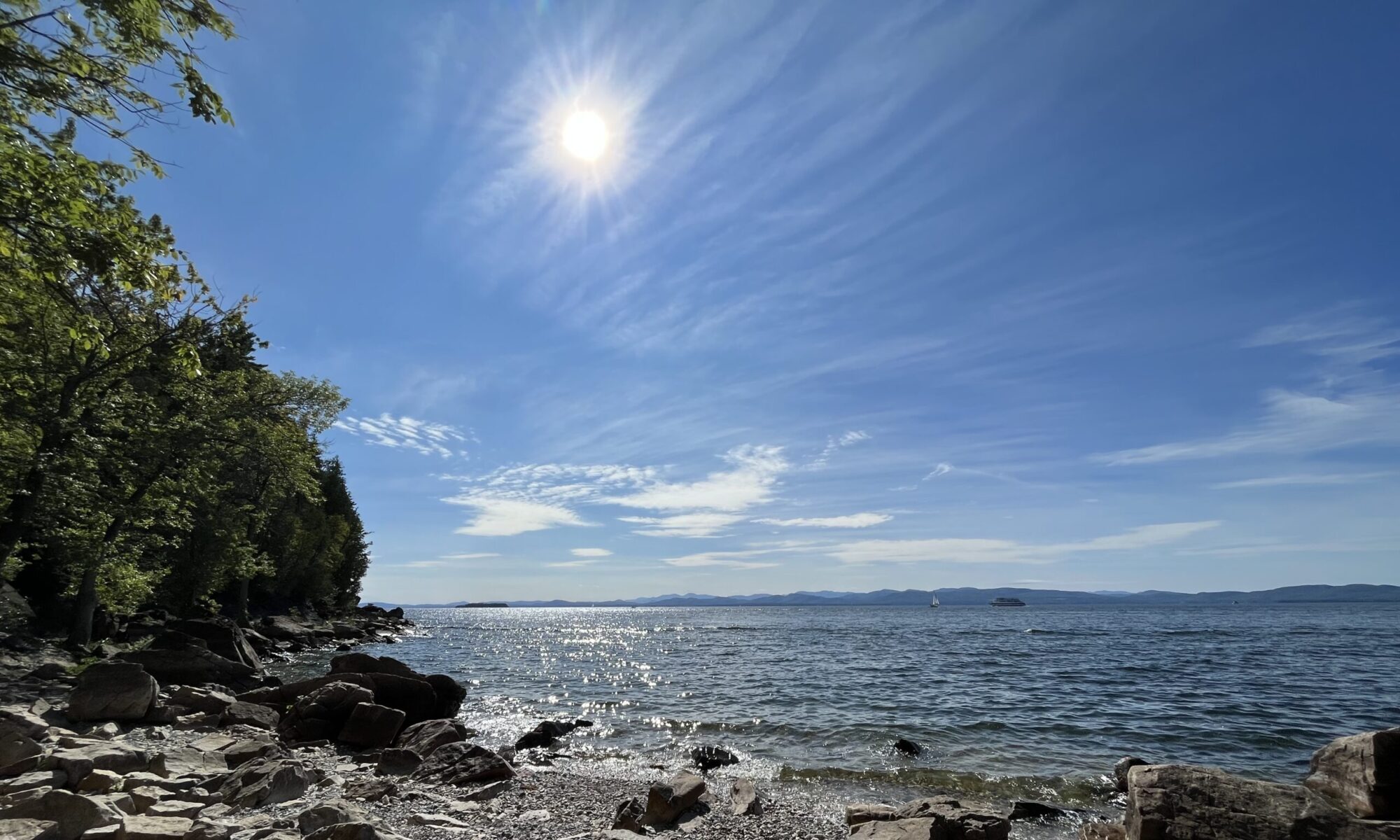By January 30 (9 PM) – Document wildlife activity at your place by posting photographs of animal tracks and other signs. If you are returning to your place from last fall, describe the phenological changes that have occurred since your last visit. If you have chosen a new place, include a map of your new location, and provide a written description of how to get to your place.
Animal Tracks
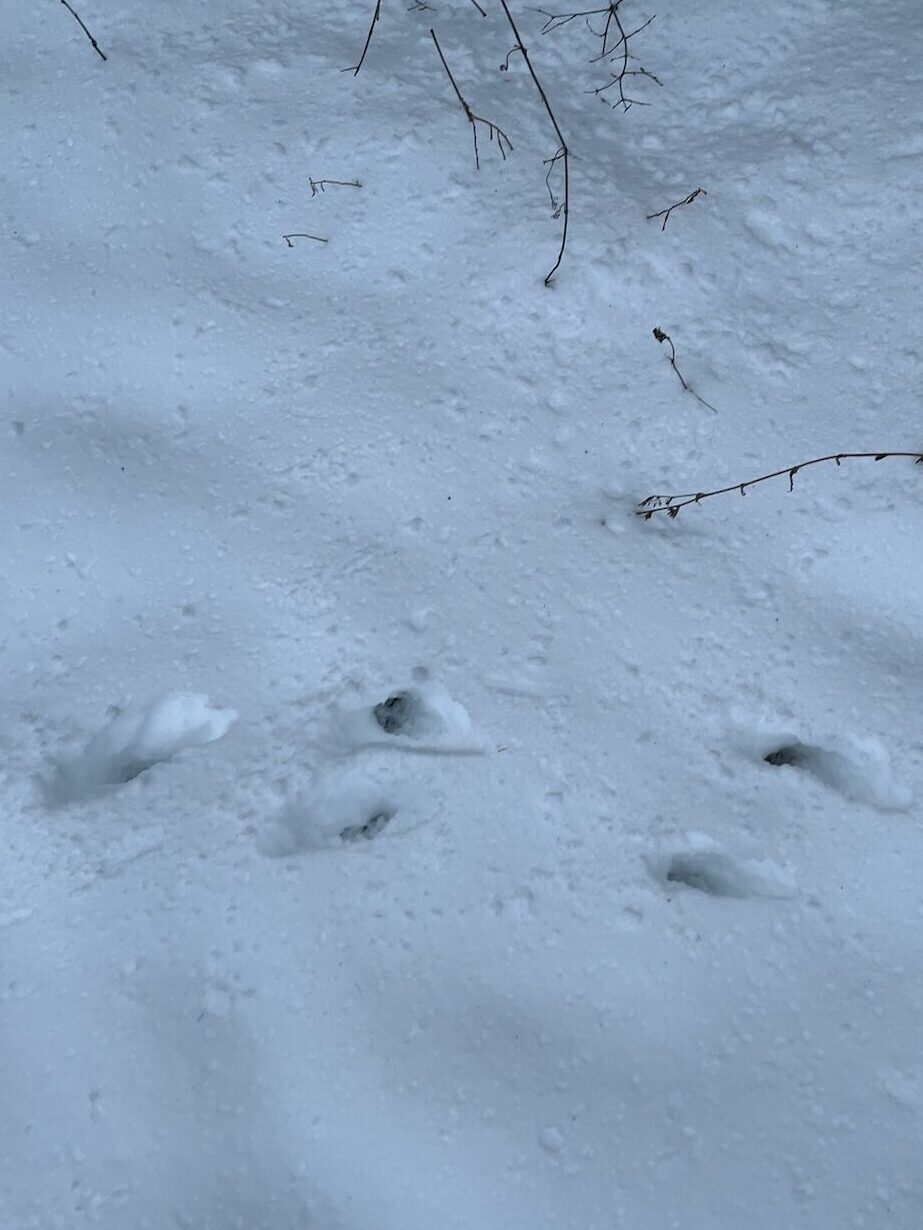
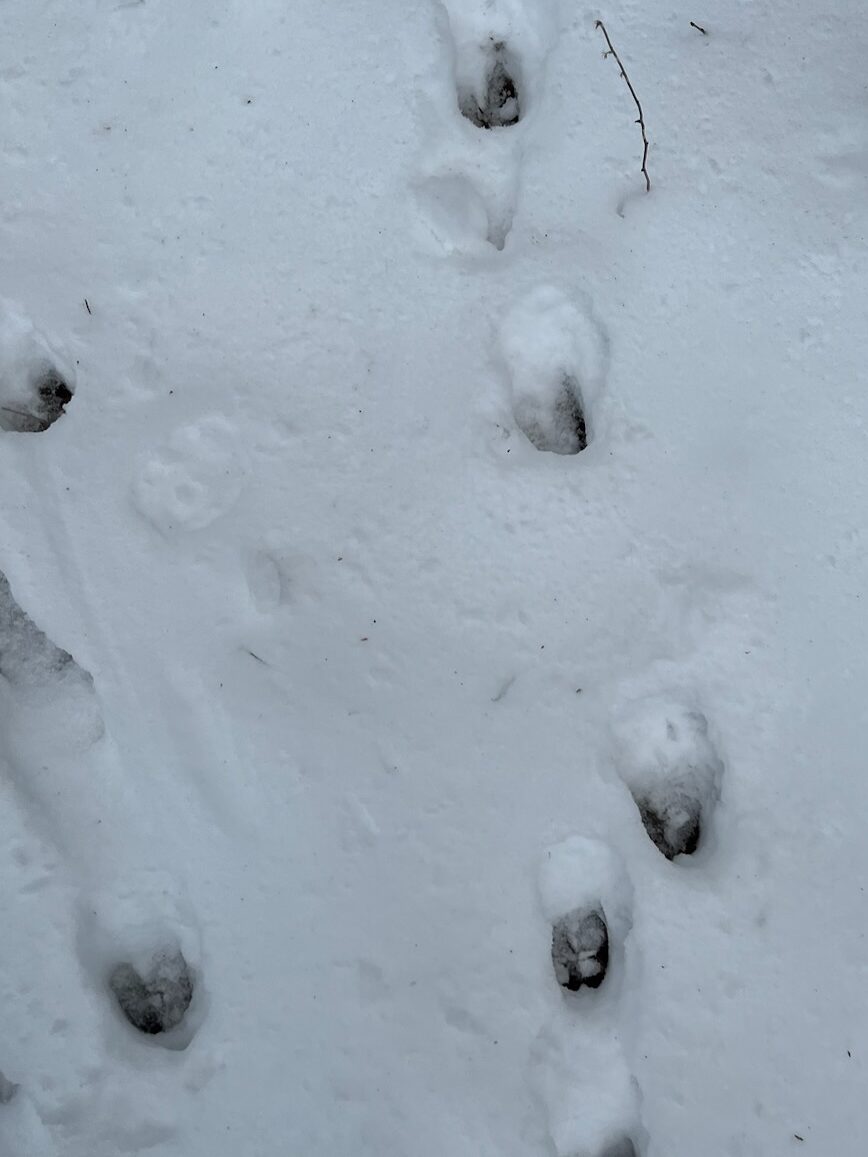
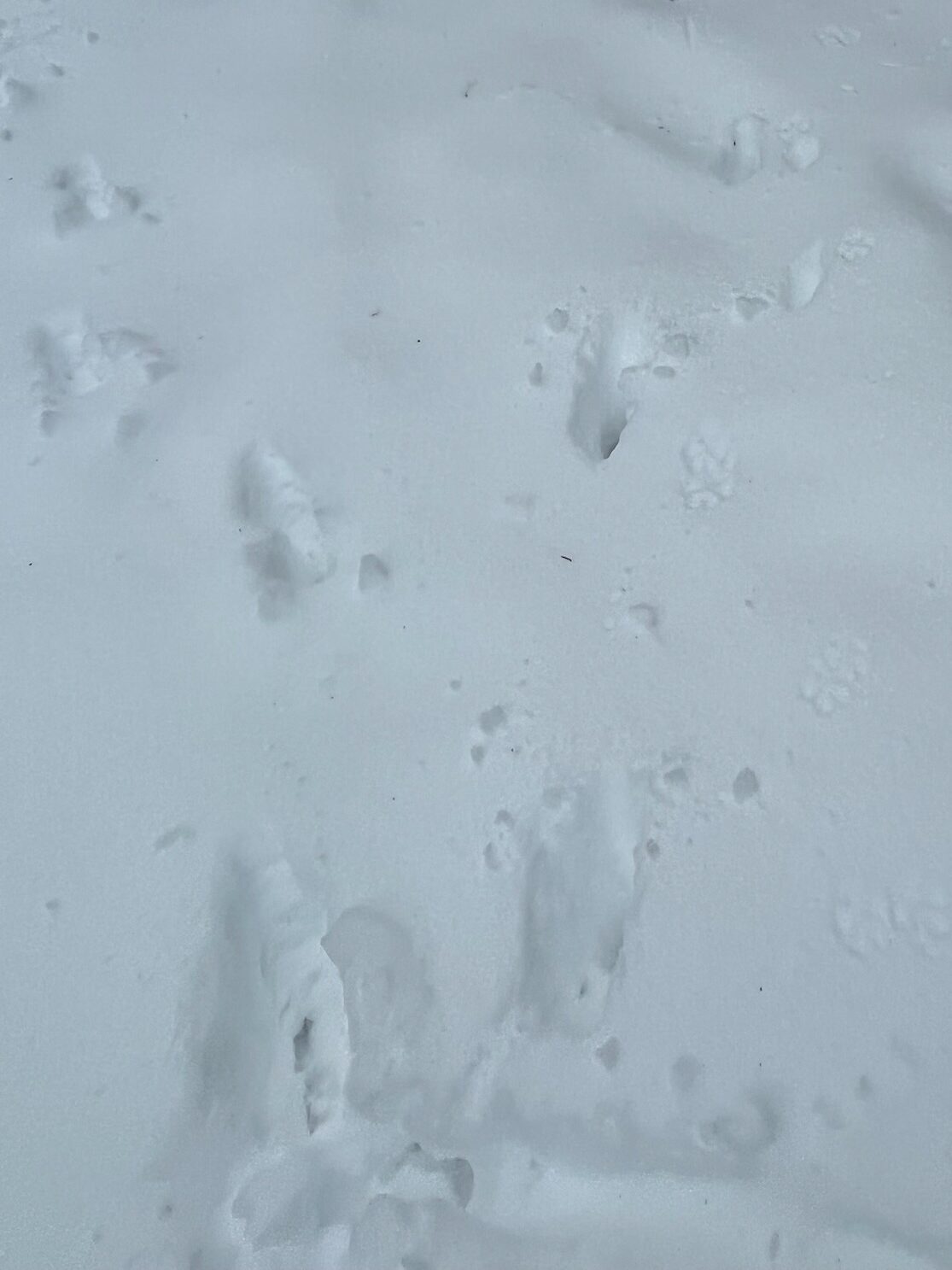
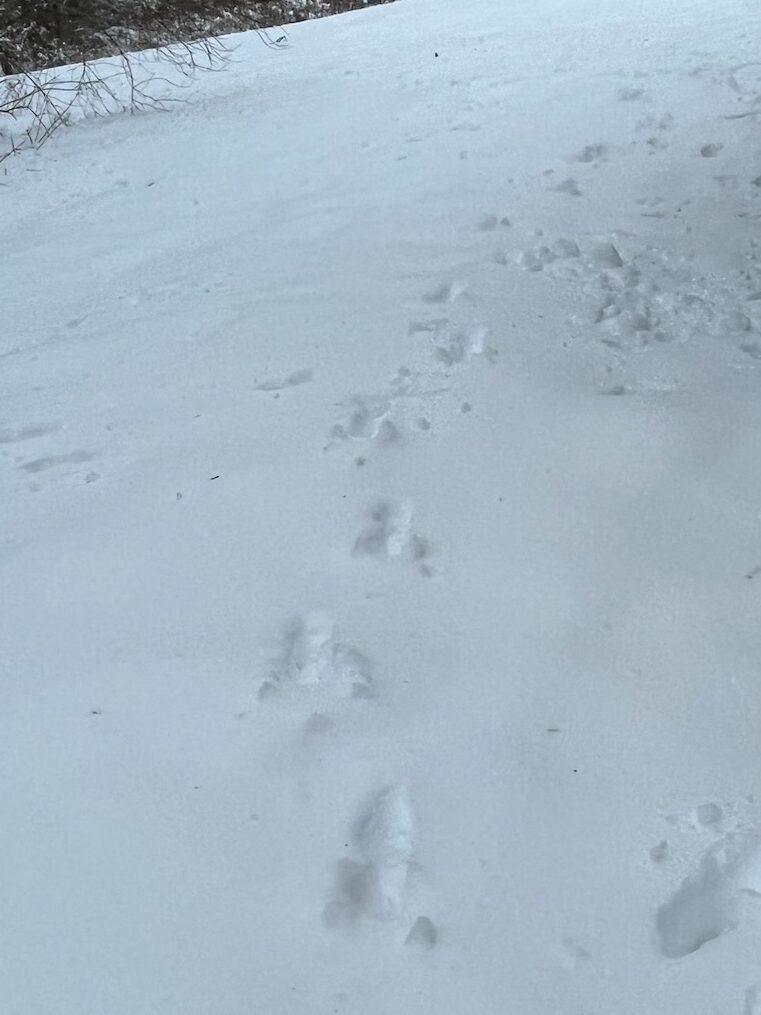
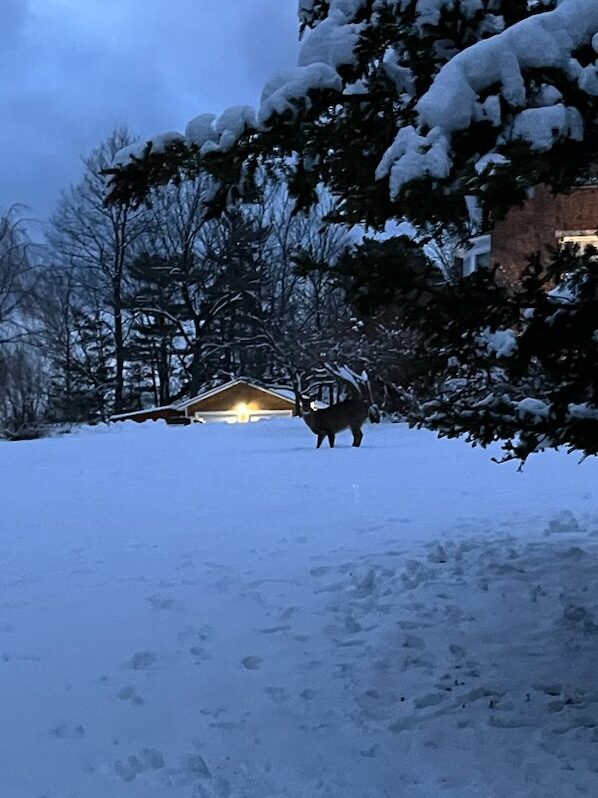
Phenological Changes
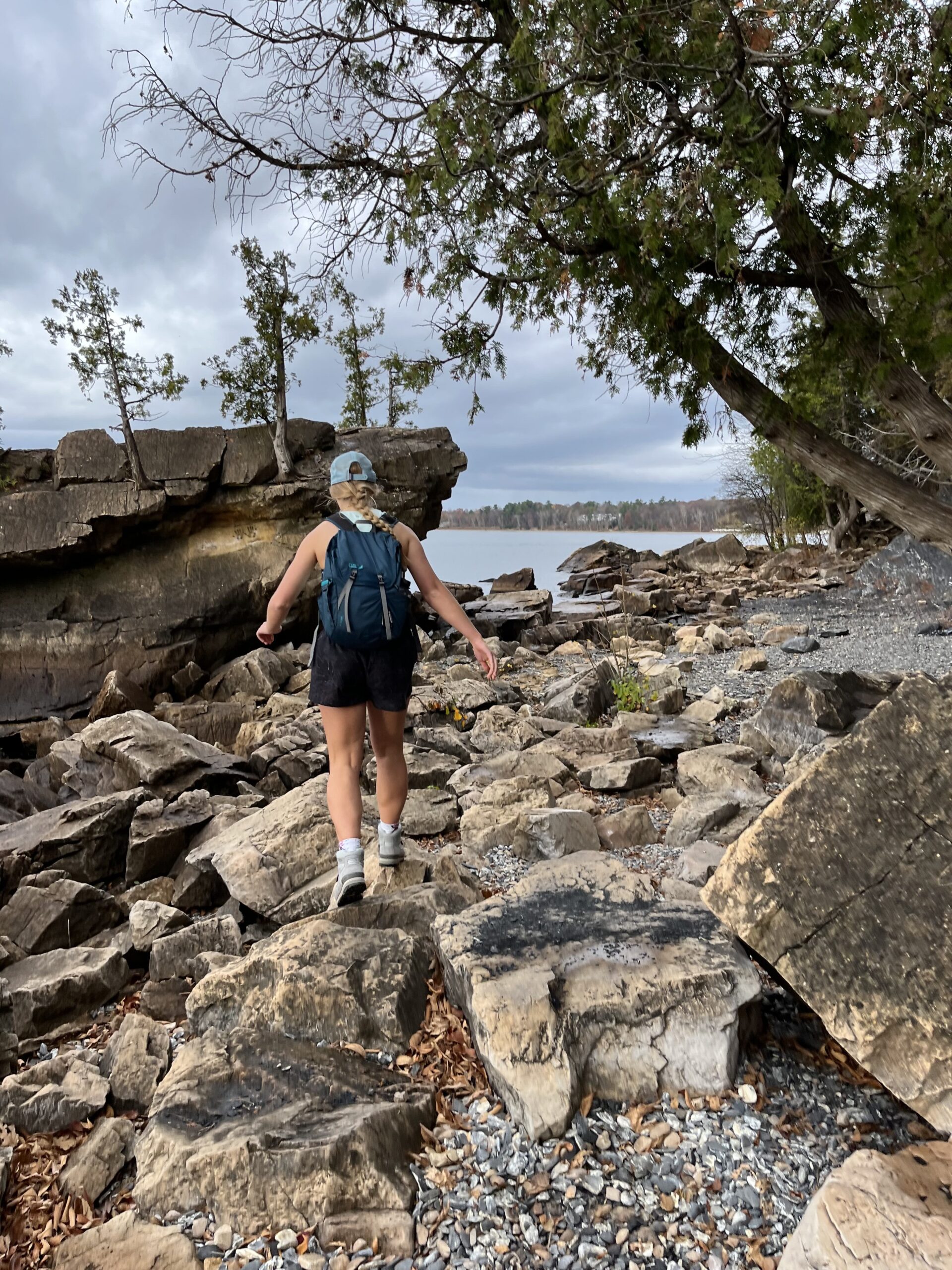
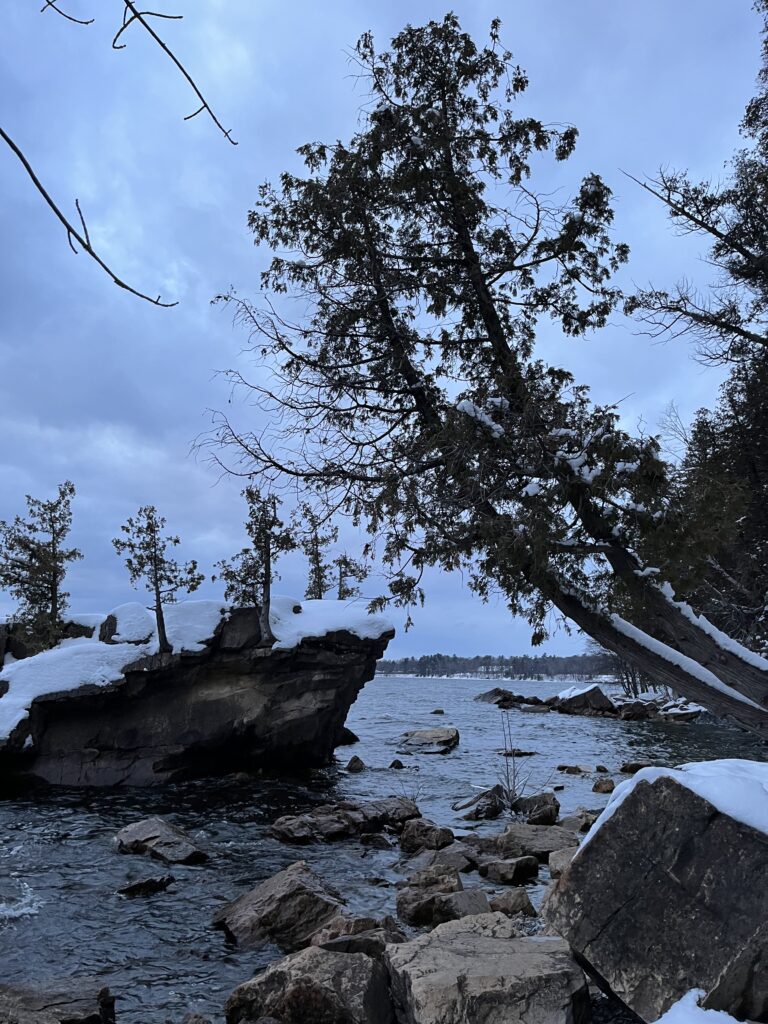
Since I last visited Rock Point before winter break (the photo shown on the left is used to best demonstrate this drastic change), the phenological change that first caught my attention was the stark disappearance of much of the rocky shoreline. In some areas, the same bank of larger rocks that were once hardly touched by the water’s edge are now fully submerged underwater, removing nearly half of the beach.
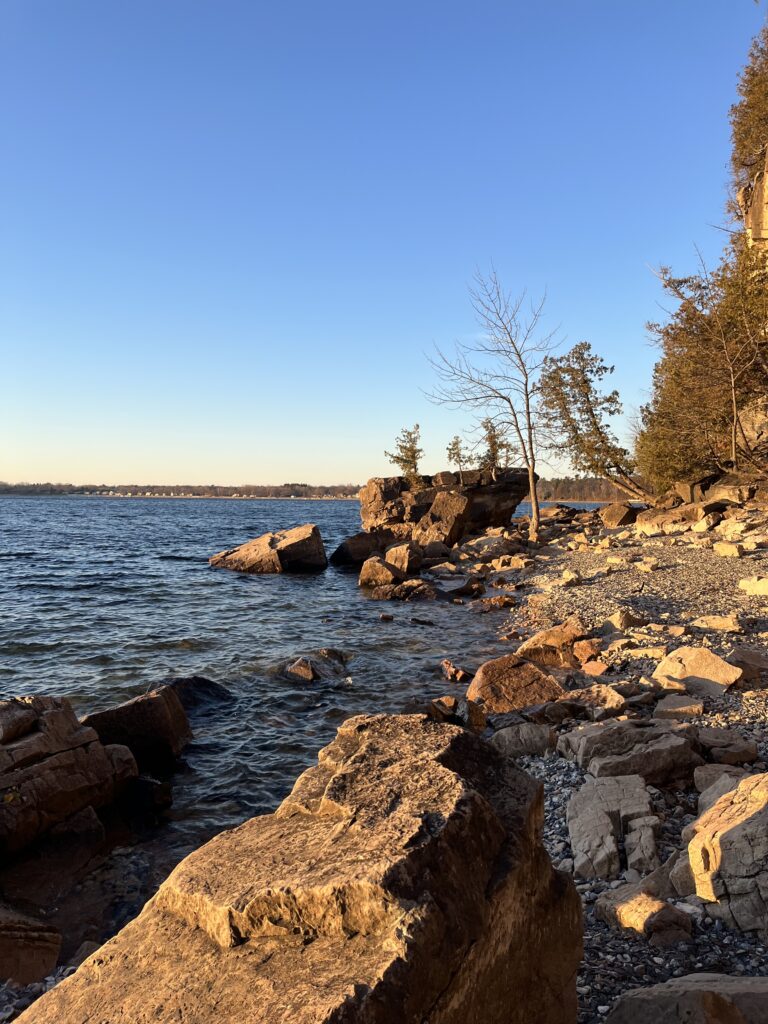
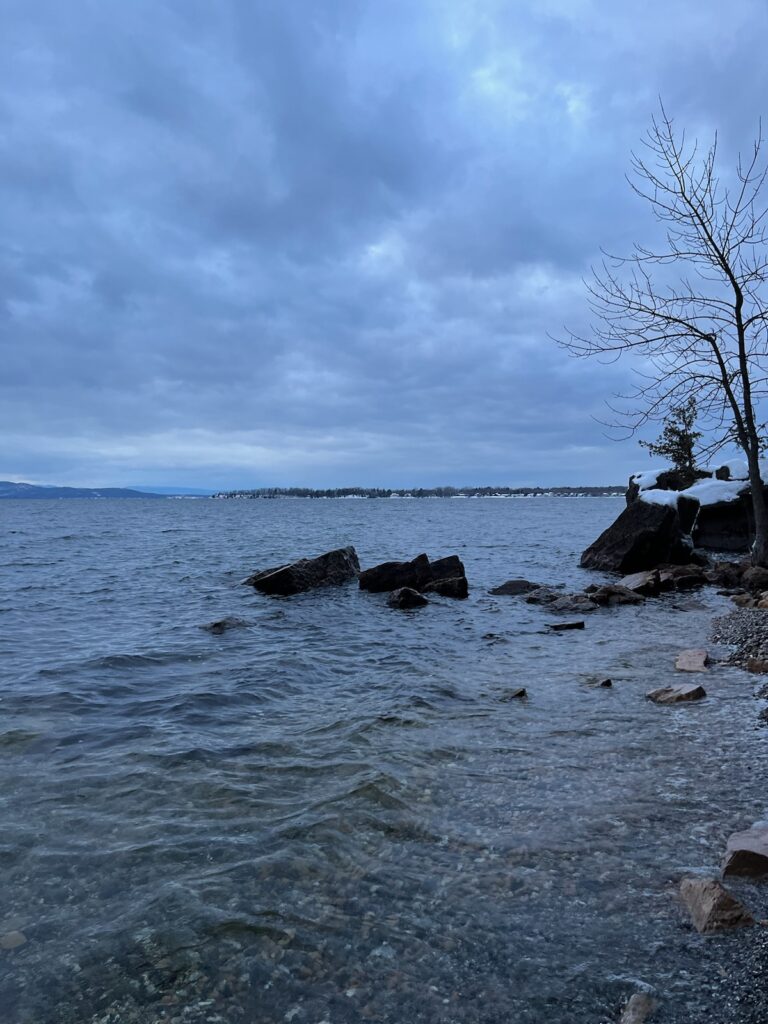
This rise in lake levels has not only taken its toll on the width of the beach, but hindered my ability to reach my usual “sit spot” on the “chair rock” shown in the center of the photos above. My visit simply did not feel the same without my meditation time spent sprawled out on the rock’s flat surface, listening to the water crash below me while looking out over the mountain ridges on the horizon line.
As is also evident in these most recent photos, winter has finally arrived at Rock Point in the form of snow 🙂 Although this made for a beautiful walk to the water’s edge and easier identification of animal tracks, I now know we have to account for added hiking time as trudging through the snow slows us down!
